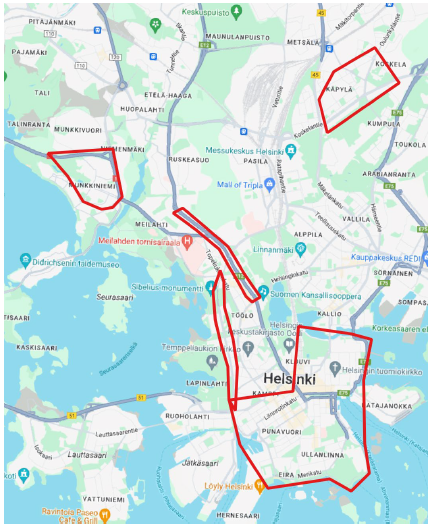Monitoring the condition of Helsinki’s street trees with new technologies
Street trees are an important part of the urban environment. In a new experiment, the condition of street trees is being assessed using innovative methods. The condition assessment pilot supports the vitality of urban nature.
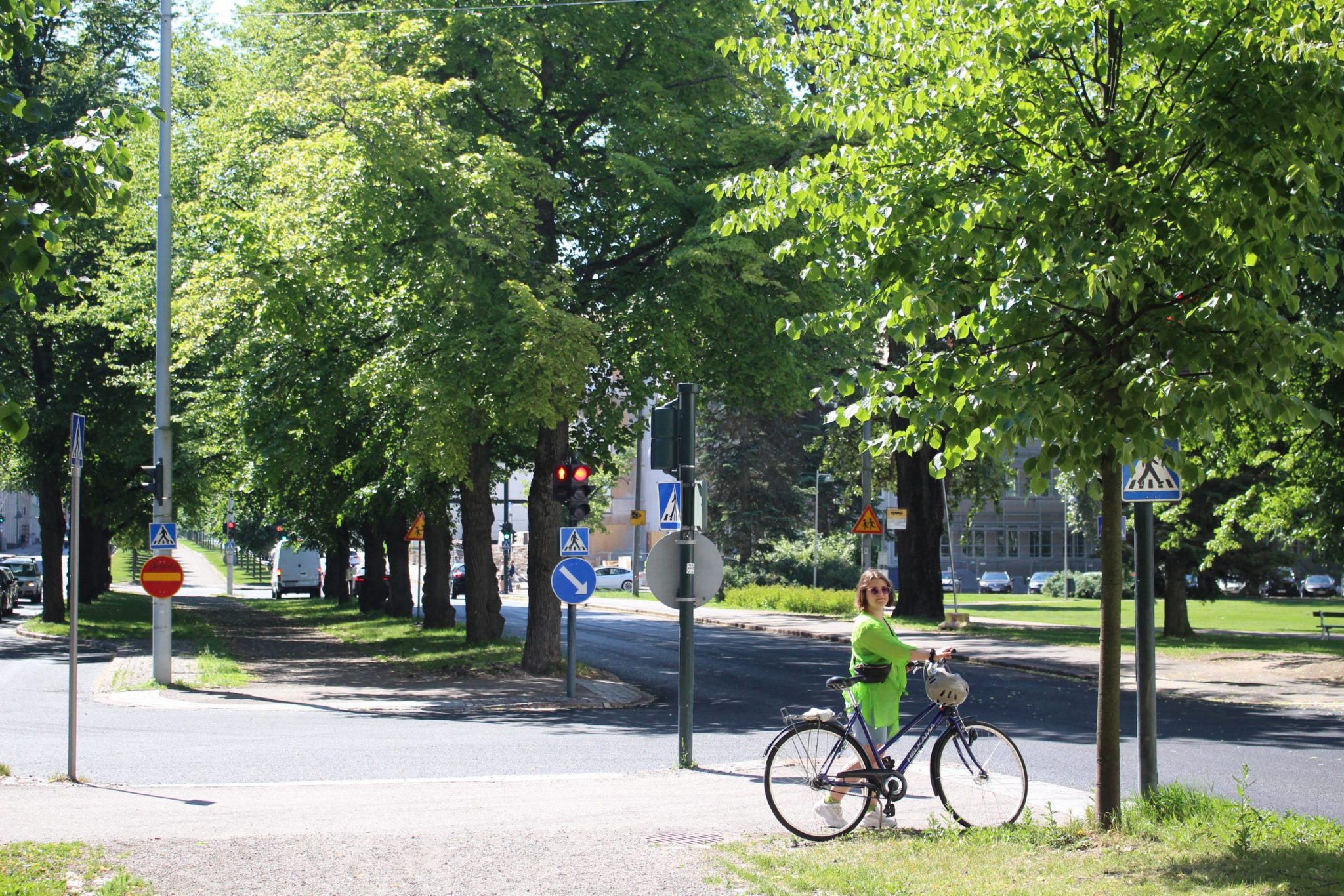
Street trees have an important role. They enhance the urban environment’s comfort, aesthetically and by creating shaded areas. The City of Helsinki takes care of street trees by watering, fertilizing, and planting new ones. Trees that are severely damaged or pose a danger to residents, such as those that could fall or drop large branches, must be removed from the streets. All of this incurs costs. The lifetime cost of a single street tree can amount to tens of thousands of euros.
KOKO Forest specializes in smart forest analytics and can produce it almost in real time. In the experiment with the company and Testbed Helsinki, we aim to advance the management of tree data in the urban environment by utilizing new technologies and methods.
The goals of the experimental project are to:
- improve the monitoring and assessment of the condition of street trees
- develop mapping methods and data management to enhance the maintenance of street trees and the well-being of the environment
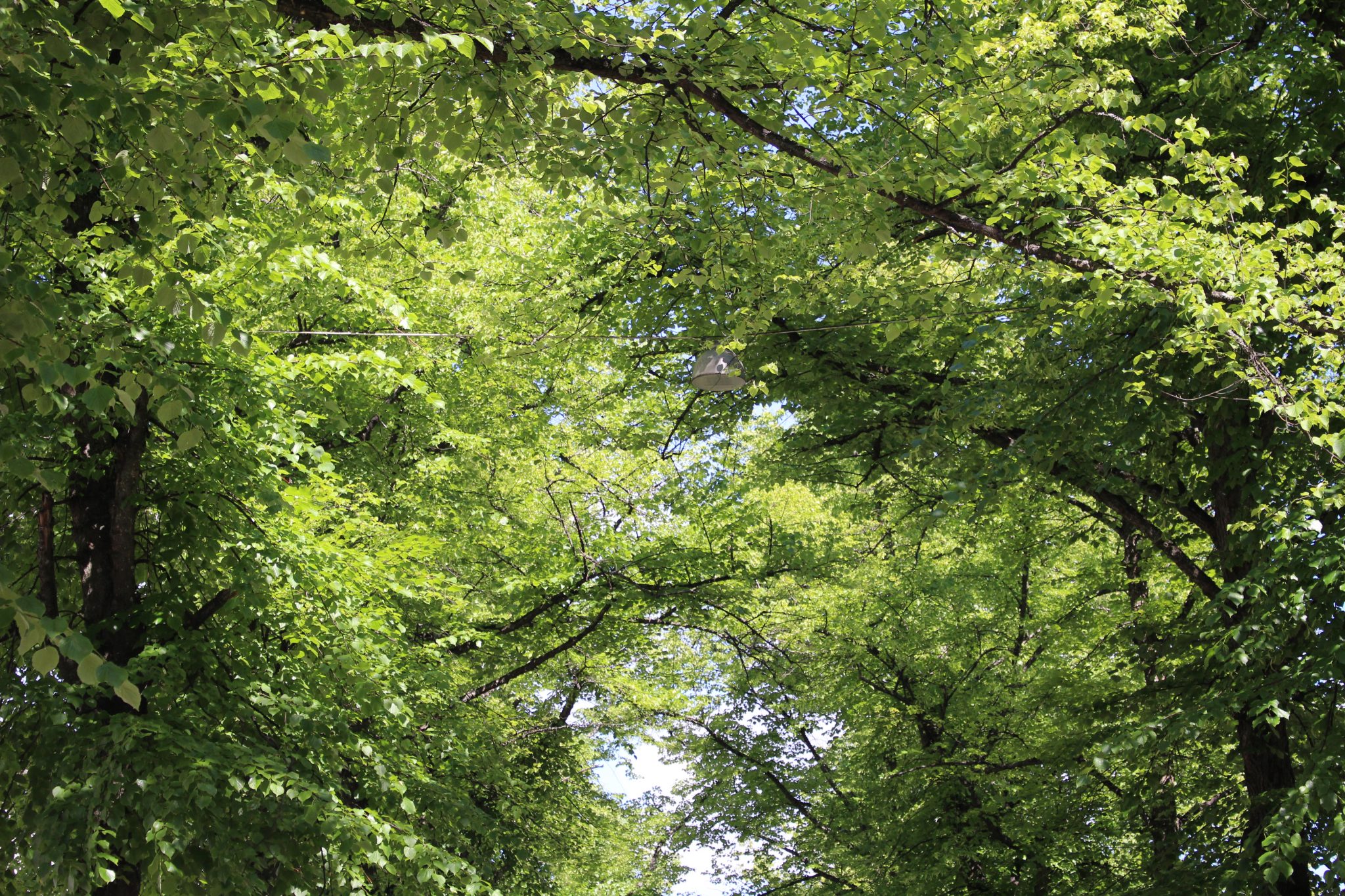
The experiment utilizes e.g. high-resolution satellite images, 360° street views, aerial images, tree registry data, and laser scanning data. The experiment investigates whether the condition of street trees can be assessed visually. Are there changes in their health? Do they need watering or fertilization? Do they need to be removed? Accurate data would also lead to savings by addressing problems in a timely manner. The method has potential for scaling and automation.
— If the experiment is successful, its lessons could be applied to similar assessments of other trees later, for example, in parks or forest management. The city can also use the experiment’s data to assess carbon sequestration and stormwater management, says Petteri Huuska, Senior Advisor at Business Helsinki’s innovation services.
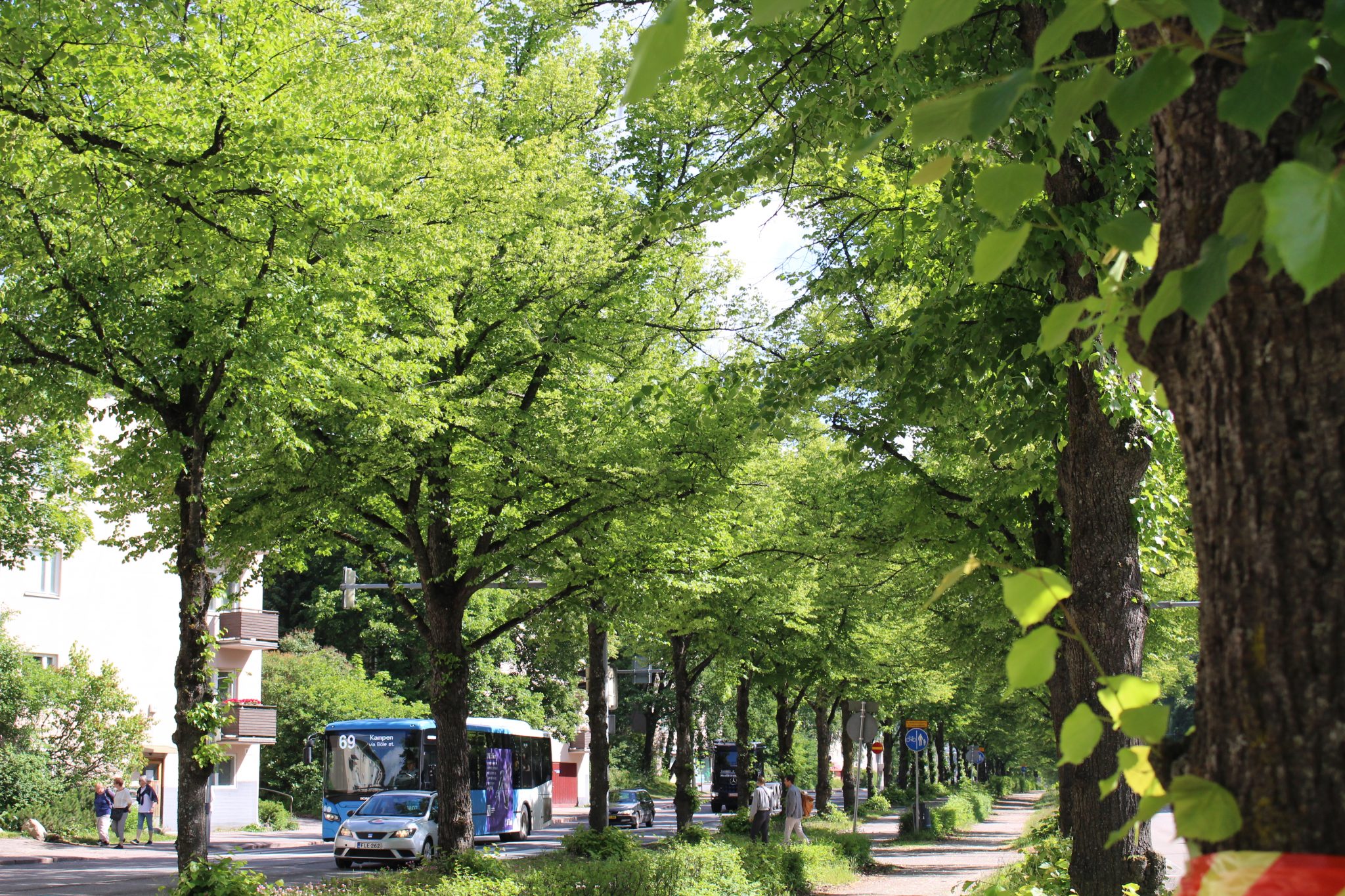
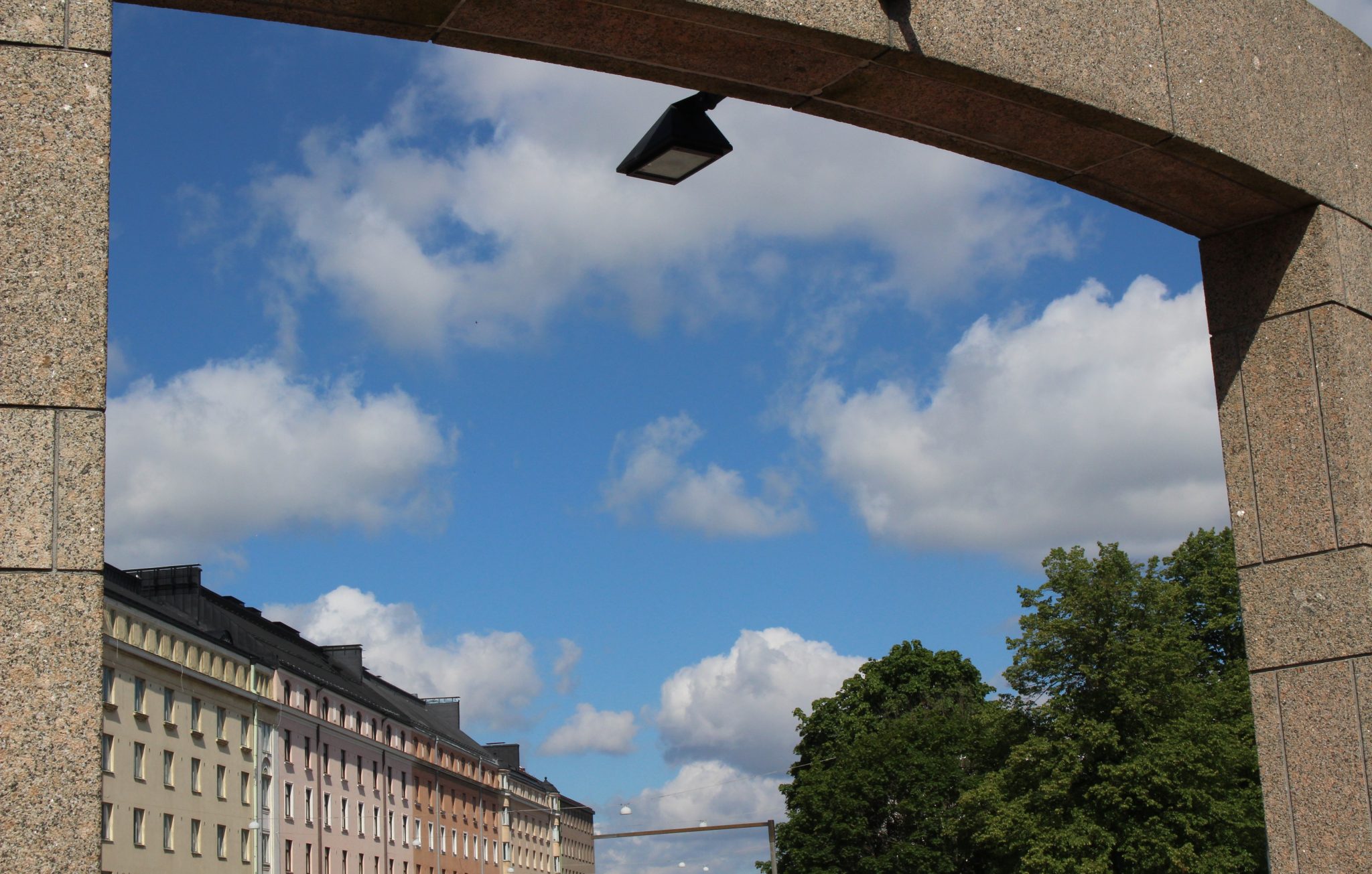
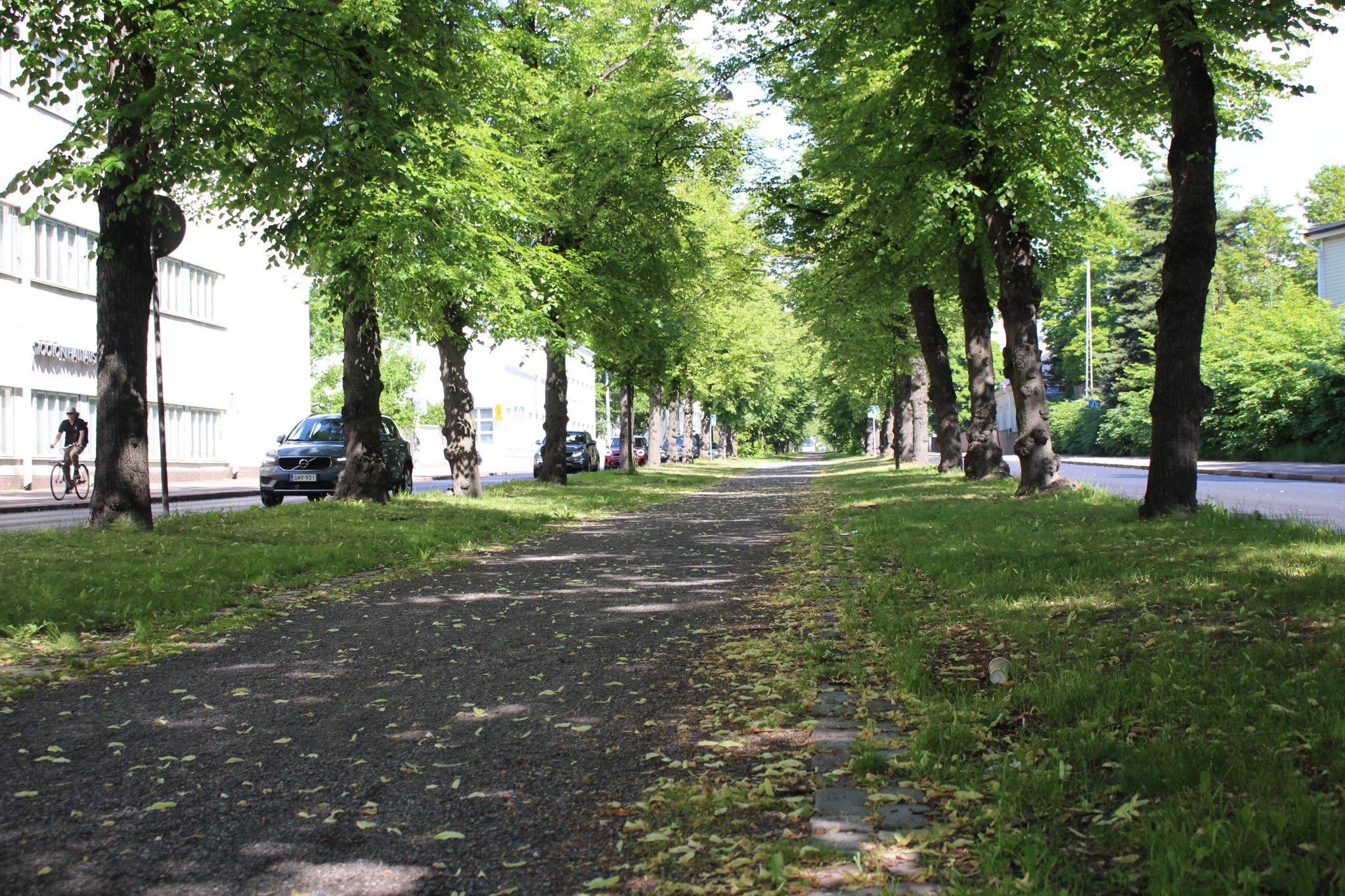
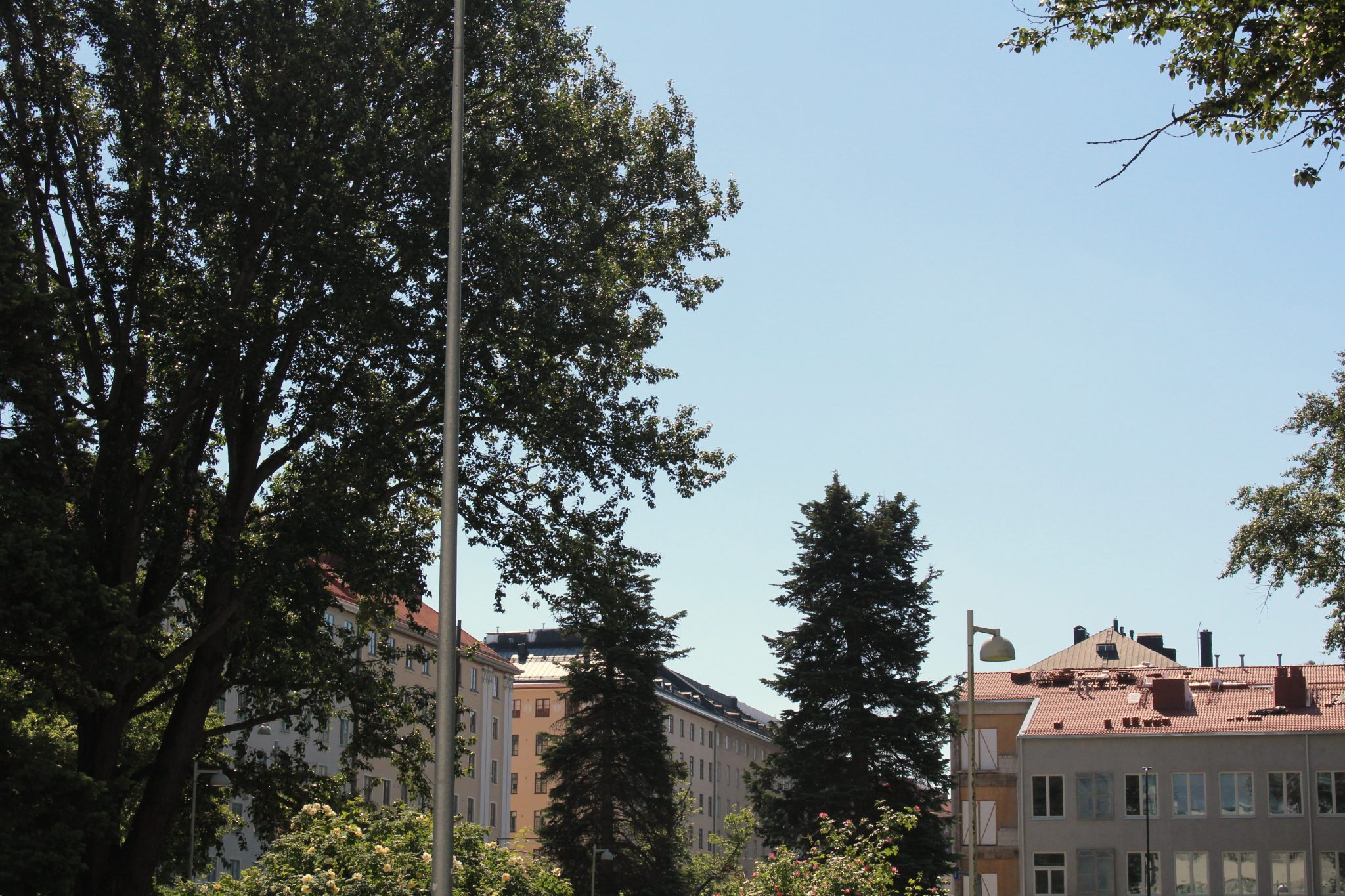
Experimenting in a real urban environment benefits everyone
The Urban Environment Division also supports the experiment:
— We hope to obtain such good data from the experiment that it can be fed into city information models on maps and 3D data, says Juha Raisio from Helsinki’s general areas green maintenance team.
Testing innovations in a real urban environment is a great opportunity for all parties to learn new things and develop not only the solution but also the city. Samuli Junttila from KOKO Forest is excited about the experiment:
— The experiment is a natural way for us to start testing new remote sensing technologies for monitoring the condition of street trees. In a warming climate, street trees play an increasingly central role in people’s well-being, and I believe that the condition of trees must be monitored more closely as heat and drought test their resilience. Cost-effective tree condition monitoring solutions can better focus maintenance measures and avoid costly replanting when trees die. The experimental project is an important continuation of our already good cooperation with the City of Helsinki.
The experimental project is intended to be completed by the end of 2024.
